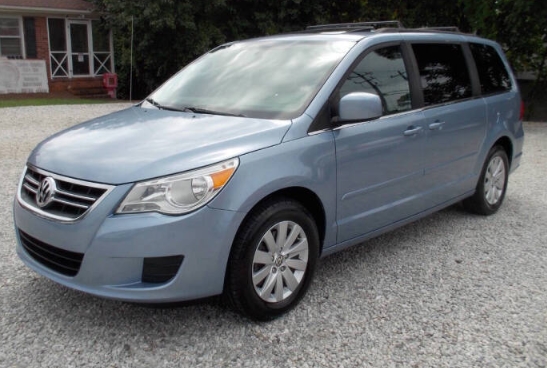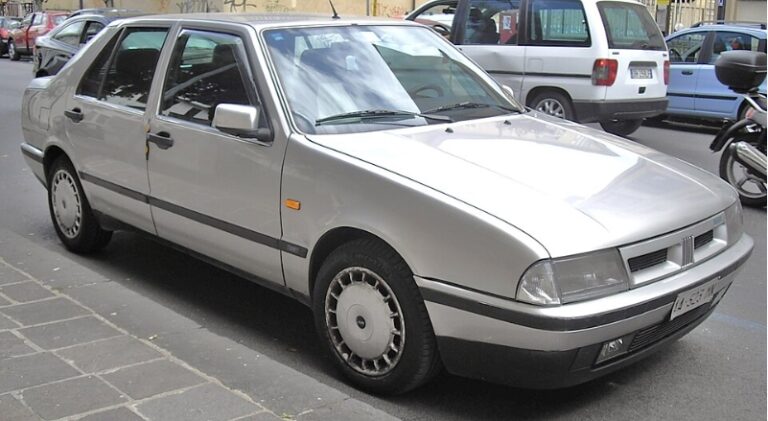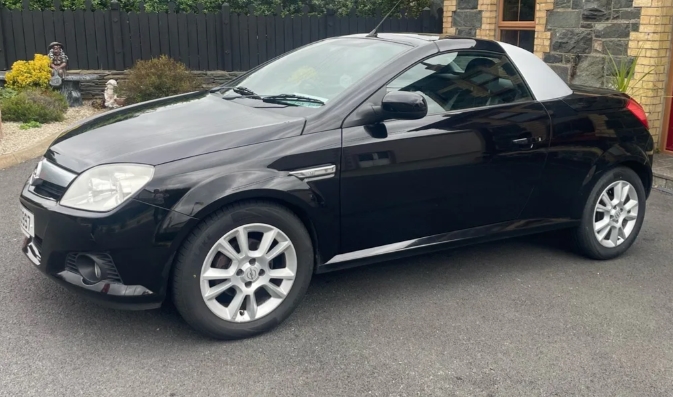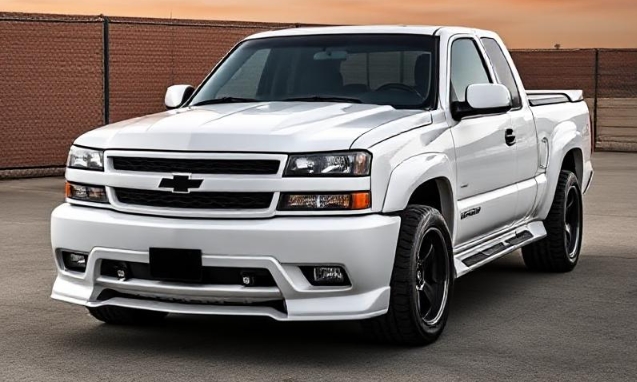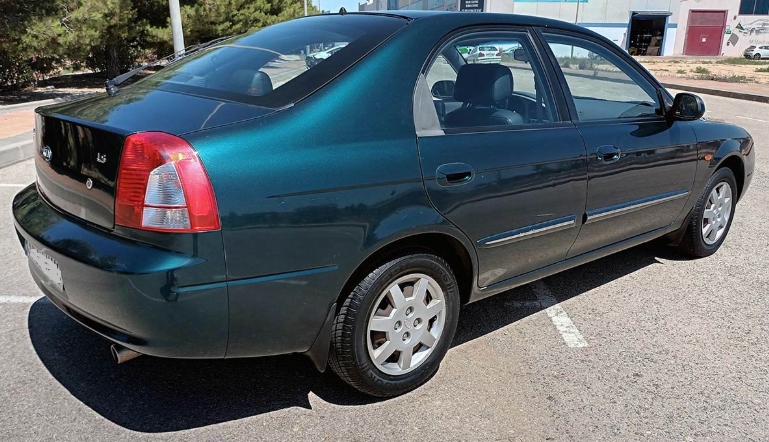The Unsung Voyager: A Journey Through the Evolution of the Volkswagen Routan
For many automotive enthusiasts, the mention of Volkswagen conjures images of the iconic Beetle, the robust Golf, or the adventurous Transporter. However, nestled within their diverse portfolio, often overlooked but holding its own unique story, is the Volkswagen Routan. This minivan-esque vehicle, born from a desire to tap into the North American family hauler market, carved out a distinct, albeit relatively brief, niche for itself. Its story is one of strategic partnership, adaptation, and ultimately, a testament to Volkswagen’s willingness to experiment in a competitive landscape.
The genesis of the Volkswagen Routan lies in a fascinating period of collaboration between Volkswagen and Chrysler. In the mid-2000s, Volkswagen recognized a gap in its North American offerings. While their existing lineup was strong in sedans and hatchbacks, they lacked a true contender in the burgeoning minivan segment. Directly competing with established giants like the Honda Odyssey and Toyota Sienna head-on with a bespoke VW minivan would have been a costly and time-consuming endeavor. Enter Chrysler, then a part of Daimler Chrysler, which possessed a well-established and successful minivan platform that had been iterated upon for years. This strategic alliance allowed Volkswagen to leverage Chrysler’s engineering and manufacturing expertise, bringing a familiar and competent product to market under the VW badge.
Thus, the Volkswagen Routan made its debut for the 2009 model year. It was, in essence, a rebadged and subtly restyled version of the then-current generation of the Chrysler Town & Country and Dodge Grand Caravan. This strategic move allowed Volkswagen to quickly introduce a product that met the demands of the North American minivan buyer, including ample passenger space, flexible seating configurations, and a suite of family-oriented features.
.
THIS is GOOD stuff if your car is in need:

.
The 2009 Model Year: A Fresh Face on a Familiar Platform
The inaugural Routan arrived with a clear objective: to offer a premium European take on the American family van. Volkswagen meticulously applied its design language to the Chrysler platform, differentiating it from its corporate cousins through its distinctive front and rear fascias. The signature Volkswagen grille, often featuring a prominent chrome bar and the iconic VW emblem, was a key identifier. The headlights and taillights were also redesigned to reflect VW’s aesthetic.
Under the hood, the 2009 Routan offered two engine options, both sourced from Chrysler’s reliable powertrain offerings:
- 3.3-liter V6 engine: This was the standard engine, providing ample power for everyday family duties.
- 3.8-liter V6 engine: An optional, more potent engine for those seeking extra grunt, especially when the van was loaded with passengers and cargo.
Both engines were paired with a smooth-shifting six-speed automatic transmission.
The 2009 Volkswagen Routan was offered in three distinct trim levels, each catering to different levels of comfort and features:
- S: The base model, still offering a commendable level of standard equipment. It typically included power windows and locks, air conditioning, and a decent audio system. While it might have lacked some of the luxury accouterments, it provided a solid foundation for practicality.
- SE: Stepping up, the SE trim added more creature comforts. This often included features like an upgraded audio system, a power driver’s seat, and perhaps better upholstery options. It represented a good balance between affordability and enhanced features.
- SEL: The top-tier SEL model aimed to provide a more premium experience. This trim level often boasted leather upholstery, heated front seats, a power passenger seat, alloy wheels, and enhanced audio and entertainment systems. It was designed to compete with the higher-end offerings from rival manufacturers.
Evolution and Refinements: The Years of Adaptation (2010-2013)
Following its debut, the Routan underwent a series of evolutionary updates designed to enhance its appeal and keep it competitive in the segment. Volkswagen actively listened to market feedback and made incremental improvements to address consumer desires and refine the overall ownership experience.
The 2010 model year saw a significant enhancement in the powertrain department. The 3.3-liter V6 was replaced by a more modern and efficient 3.8-liter V6 engine as the standard offering. This provided a noticeable improvement in performance across the board. Additionally, new entertainment and safety features were introduced, reflecting the evolving expectations of minivan buyers. Connectivity options and advanced safety aids began to become more prominent.
For the 2011 model year, Volkswagen introduced a more powerful 4.0-liter V6 engine as an option for the higher trim levels. This engine offered a substantial boost in horsepower and torque, further enhancing the Routan’s capability for carrying larger families and their gear over long distances. The interior also received some attention, with updated materials and improved ergonomics in certain areas. The styling remained largely consistent, with subtle tweaks to badging and wheel designs distinguishing it from previous years.
The 2012 model year brought a notable enhancement specifically for the SEL trim. The SEL Premium trim level was introduced, representing the pinnacle of Routan luxury. This model typically included features like a Blu-ray entertainment system with dual screens, a premium audio system, navigation, a rearview camera, and advanced climate control. It was Volkswagen’s direct attempt to position the Routan as a family vehicle that could rival premium SUVs in terms of comfort and technology.
Throughout these years, the trim levels generally remained consistent: S, SE, and SEL, with the SEL Premium emerging as the ultimate expression of the Routan’s capabilities. However, the specific features bundled within each trim could evolve from year to year, with Volkswagen often adding or enhancing features to maintain competitiveness.
The Final Chapters: A Subtle Decline and Discontinuation (2014)
Despite its efforts to inject Volkswagen’s styling and a degree of European refinement into a familiar platform, the Routan ultimately faced an uphill battle in the North American minivan market. While it offered a compelling alternative, it struggled to displace the deeply entrenched loyalty commanded by established Japanese and American brands. The symbiotic relationship with Chrysler, which was undergoing its own transformations under Fiat ownership, also played a role.
The 2014 model year marked the final chapter for the Volkswagen Routan. Volkswagen announced the discontinuation of the model, citing a strategic shift in their product planning and a desire to focus on vehicles more aligned with their core brand identity in North America. The 2014 Routan remained largely unchanged from the previous year, serving as a final opportunity for consumers to purchase this unique offering.
The trim levels for the 2014 Volkswagen Routan generally mirrored those of the preceding years, with the S, SE, and SEL trims being the most common. While specific feature packages might have seen minor adjustments, the core offerings remained consistent. The engines available typically included the 3.6-liter V6 (which had replaced the older 3.8-liter and 4.0-liter options in many configurations by this point) and the six-speed automatic transmission.
The Legacy of the Unsung Voyager
The Volkswagen Routan, though produced for a relatively short span from 2009 to 2014, represents an interesting case study in automotive strategy. It was a pragmatic response to market demands, demonstrating Volkswagen’s adaptability and willingness to explore partnerships to fill product gaps. While it may not have achieved the widespread success of some of its contemporaries, the Routan offered a distinctive choice for families seeking a minivan with a European flair, subtle styling cues, and a refined driving experience, all built upon a proven and capable Chrysler platform.
For those who owned one, the Routan provided a comfortable and practical mode of transport, often lauded for its quiet interior and solid build quality, indicative of Volkswagen’s touch. It was a vehicle that served its purpose effectively, carrying families on countless journeys, from daily commutes to extended road trips.
Today, the Volkswagen Routan exists as a testament to a specific era of automotive collaboration. It’s a reminder that even in a fiercely competitive market, there’s always room for a well-executed, albeit perhaps unconventional, approach. The Routan may have sailed into the annals of automotive history, but its story as the Volkswagen minivan that ventured forth, carrying families with its unique blend of German design and American practicality, remains a fascinating chapter in the brand’s evolving narrative. It was an unsung voyager, navigating the roads of family life with a distinct Volkswagen signature.
